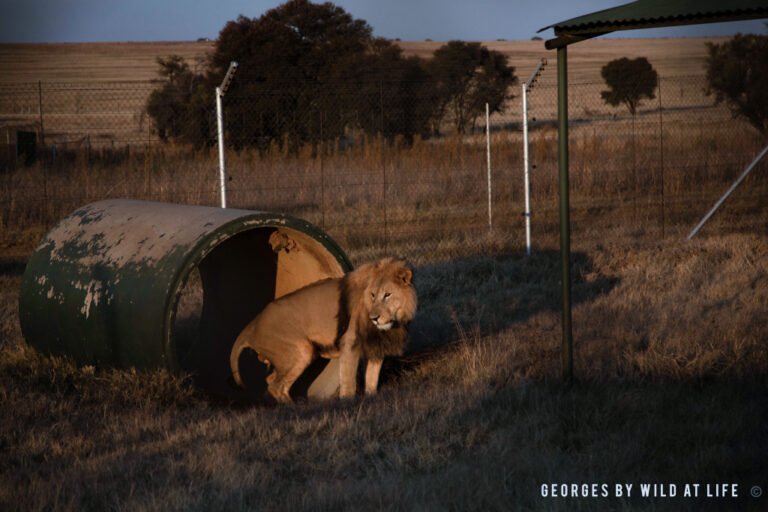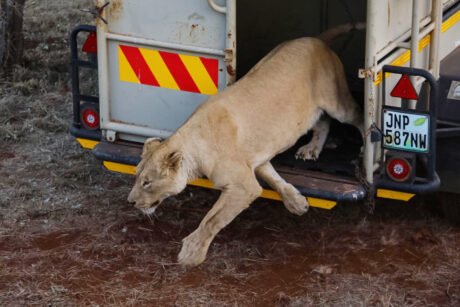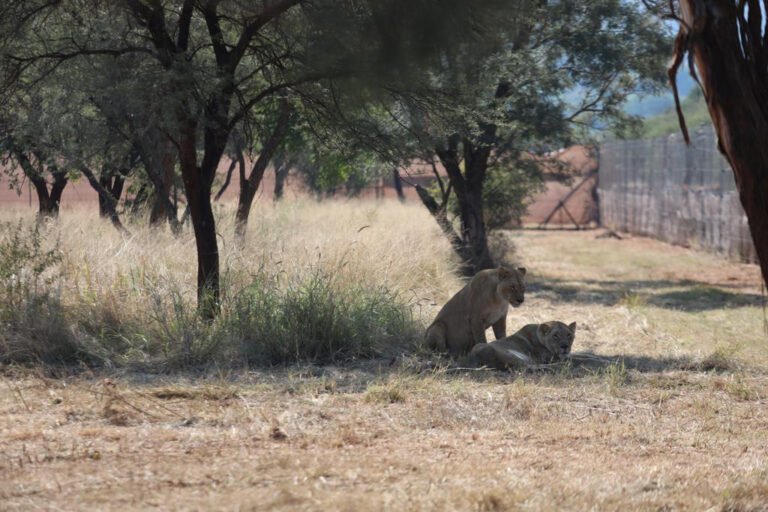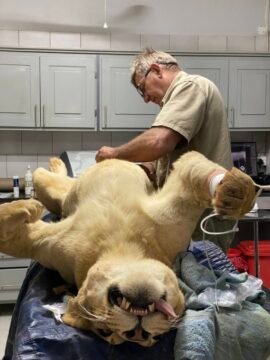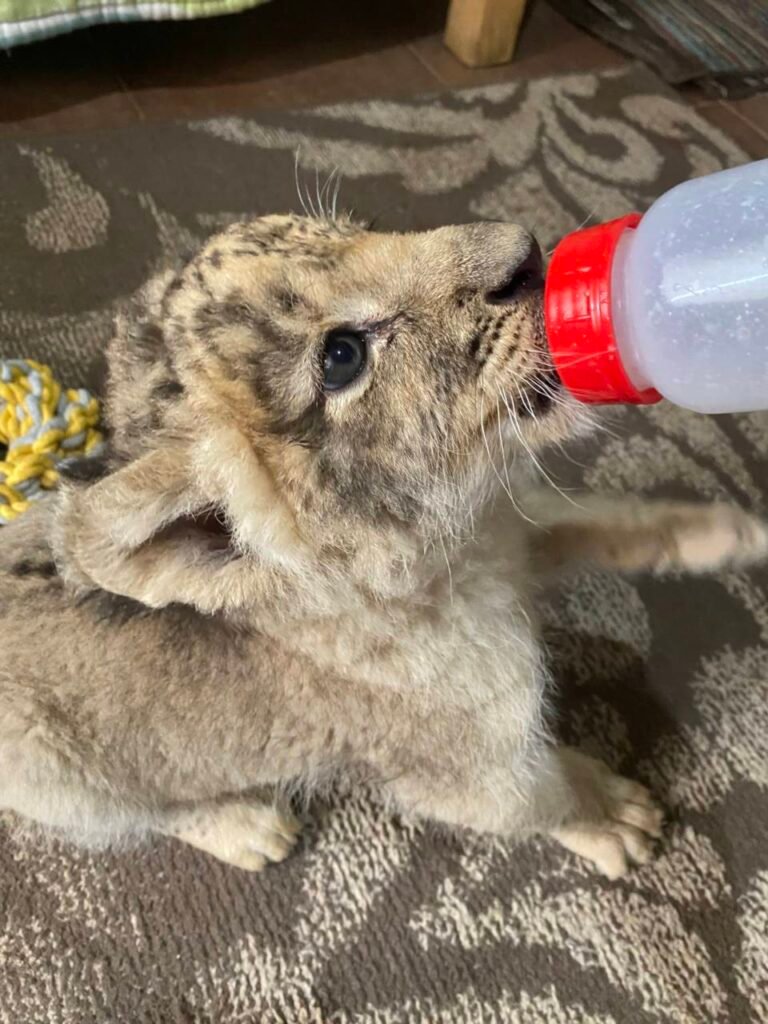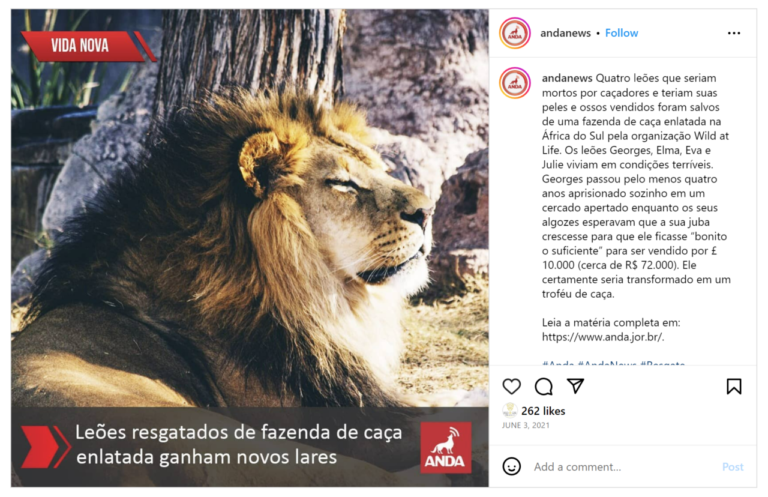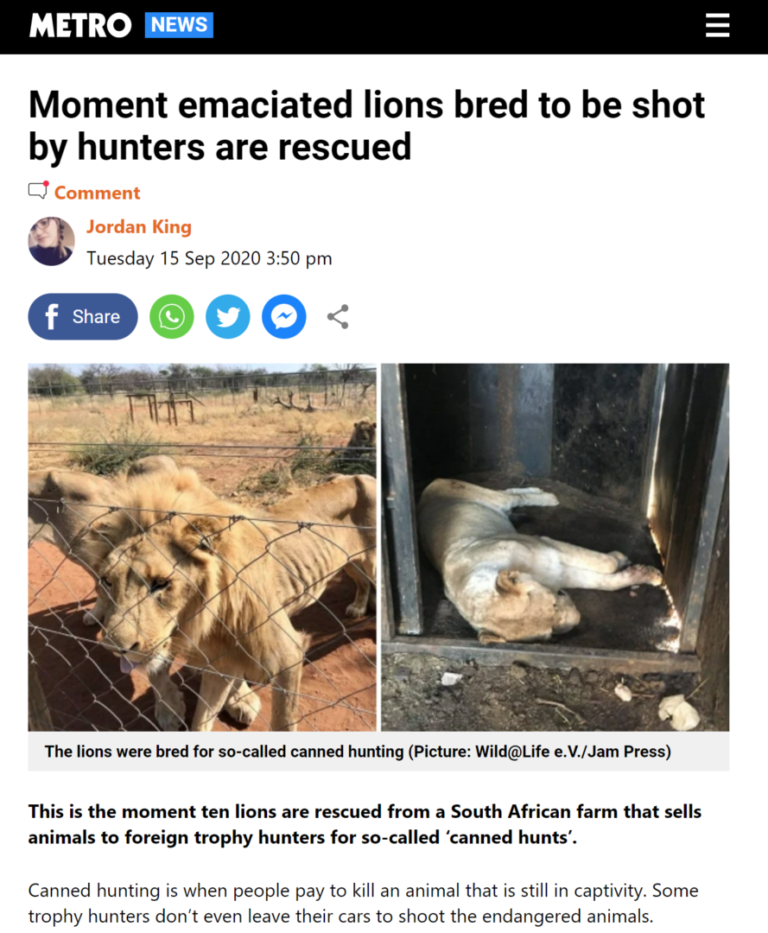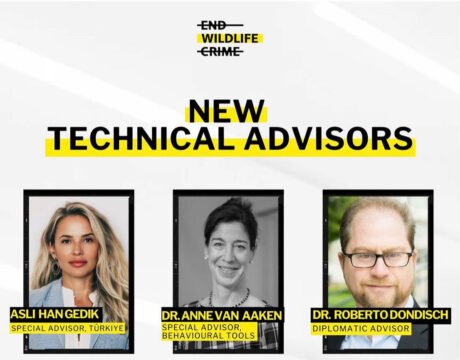Mission One
Canned hunting is a fast-growing business in South Africa, where thousands of lions are bred in more than 160 farms to be shot by wealthy foreign trophy hunters. More captive lions (around 7,000) are now in the country than wild ones (about 2,000).
Wild at Life e.V. is dedicated to working to phase out canned hunting, shut down the farms, and rescue these lions from such facilities.
In Mission One, our team reached South Africa and was overwhelmed by the sight of 10 lions kept in a secluded, closed shed with no light or grass.






